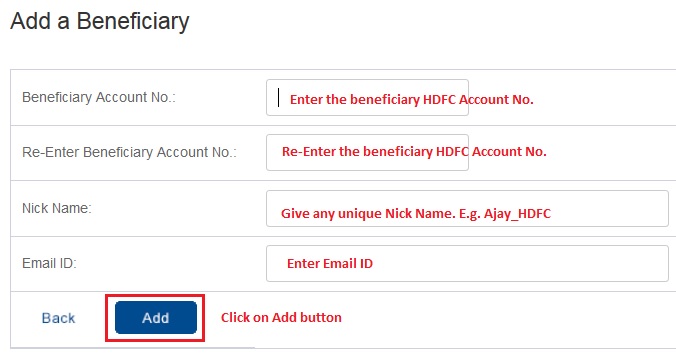

There are concerns about the safety of online money transfers due to the rising number of bank fraud cases. Some banks may impose some hidden costs above the transaction fee that they charge. The recipient’s bank deducts about $8 to $10 from the amount of money wired to the recipient. International wire transfers cost about $43 to send money from the United States to another country. Individuals and entities use this technique to transfer large volumes of money in a foreign currency. On the other hand, international wire transfers must be cleared by a United States clearinghouse and at least one foreign country’s processing system, which prolongs the processing time to several days. Wire transfers within the United States are charged approximately $25 per transaction, but the fee can go as high as $35, depending on the banking institution. Domestic wire transfers get processed within the same day. Each of these wire transfer types varies in cost and delivery times. There are two types of wire transfers – domestic and international. Types of Wire Transfers and Associated Costs The recipient’s bank will deduct a transaction fee from the received funds. The funds will typically be transferred within one day, depending on whether the transaction is domestic or international. When the information is sent to the sender, the sender’s bank will initiate the transaction and send the funds. To receive funds via wire transfer, the recipient will need to provide their bank account information to the sender and the “incoming wire instructions” that are provided by the receiving bank. The bank will then request the sender to fill out the wire transfer form or provide an online form that the sender can access and fill out. The sender will then submit the instructions to their bank, alongside the money to be sent and the transaction fee. The recipient can get the wire instructions from the banking institution where they expect to receive the money. The person wiring funds to a recipient must first obtain “wire instructions” from the recipient. The following are some of the ways that you can use wire transfer: 1. Either of the banks must hold a reciprocal account with each other to settle the payment. The funds may take several hours or days to get to the recipient’s account from the time the sender initiated the transaction. Once the funds are cleared, the recipient’s bank receives the message requesting it to execute the payment according to the instructions provided. The sending bank then transmits a message via a secure system like SWIFT or FedWire to clear the funds. The sender provides the SWIFT or IBAN and BIC codes of the recipient so that the bank knows where the money is to be sent.īefore the transaction can be initiated, the sender must deposit the money to be sent and a transaction fee that is determined by the sending bank. The person or entity wishing to make a wire transfer first approaches a banking institution and directs them to transfer a specific amount of money. Once the information is passed to the recipient’s bank, the bank deposits its reserve funds to the recipient’s account, and the two institutions settle the payments on the back end after the receiver has received the funds. The person initiating the transaction must usually pay a transaction fee before the bank will wire the funds to the other party.

When sending money via wire transfers, information is passed between two banks on the recipient’s identity, their account number, and the amount of money that the person is due to receive. It allows people in distant locations around the globe to safely transfer money across geographical locations without being in physical contact with each other. A wire transfer is the electronic transfer of funds between people or entities.


 0 kommentar(er)
0 kommentar(er)
